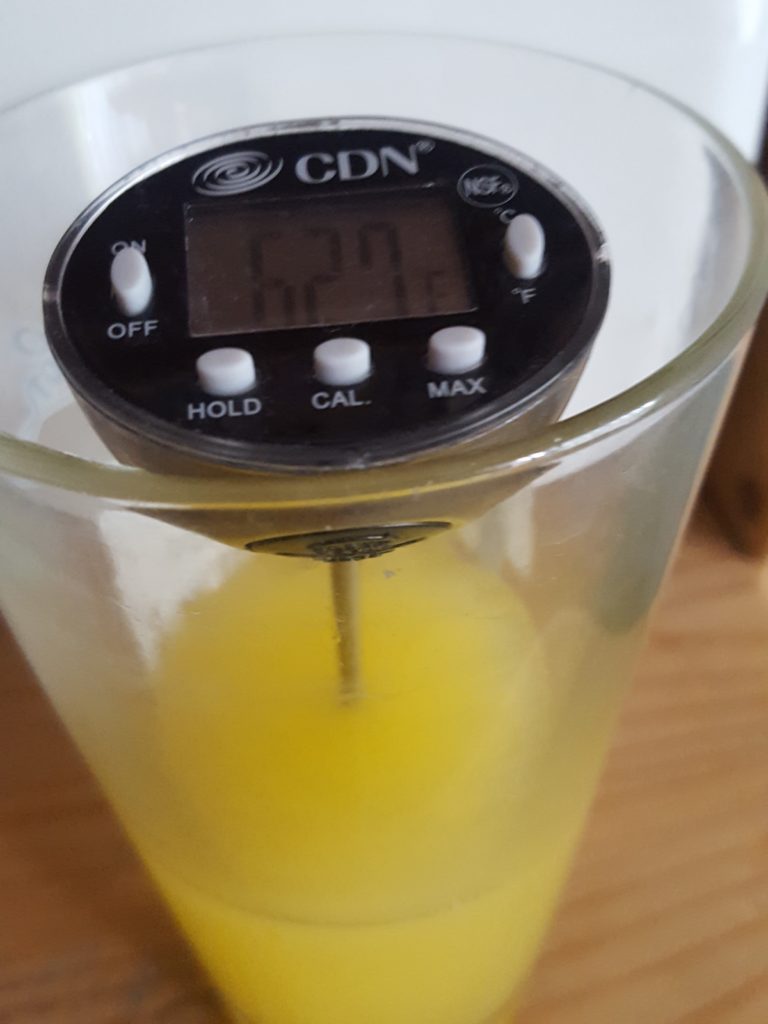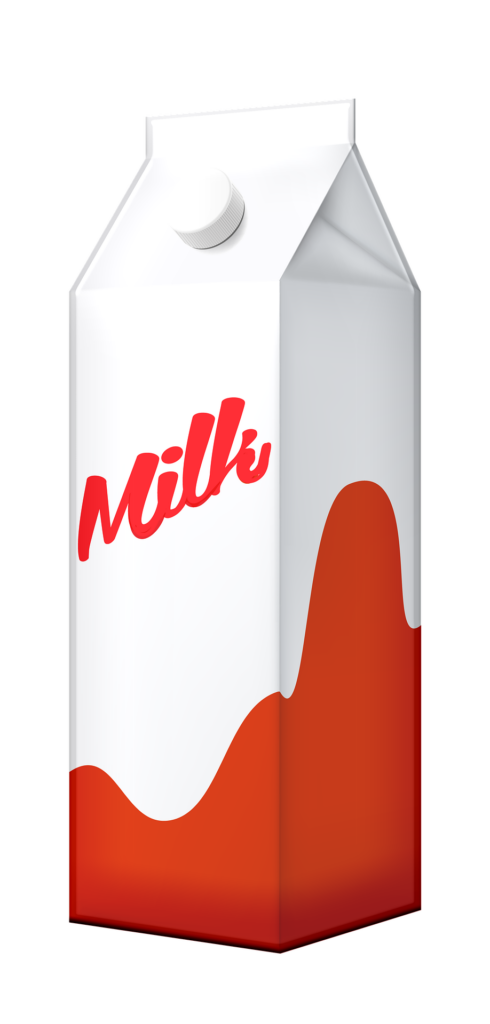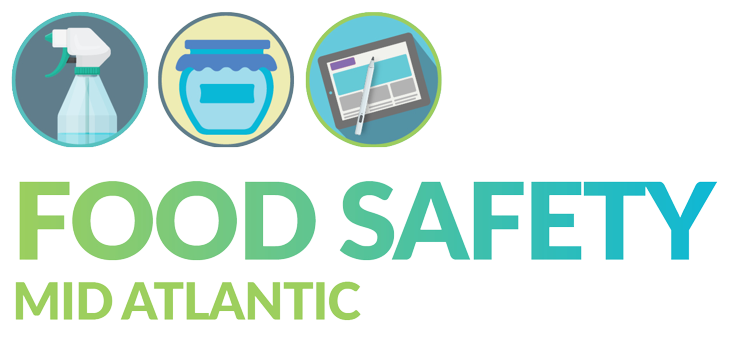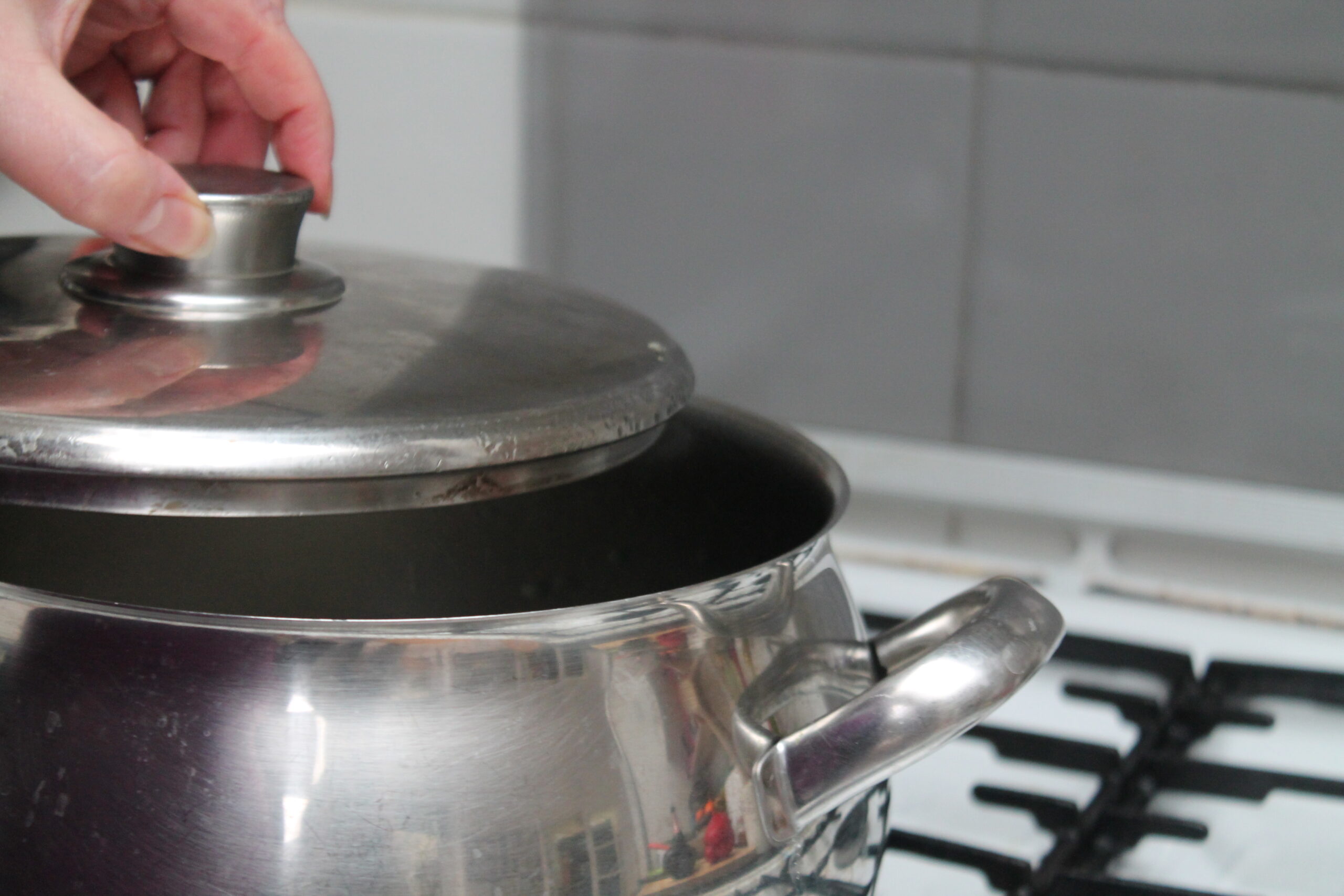Foodborne illness outbreaks are happening all the time, This is very worrying for me, both as a consumer and a food safety consultant. As a consumer, how can I know if food is safe? How can I make food safer in my own home? As a food safety consultant, my constant questions are what can my clients do to make their products as safe as possible. Fortunately there are proven solutions that food manufacturers and processors can try to ensure their products are both safe and are great tasting products. This article considers how food can be processed to increase safety..
For food entrepreneurs, you will be glad to know that there are ways to ensure that the food you are making is as safe as possible. As I mentioned in an earlier post, prerequisite programs such as sanitation and personnel management are the core of any food safety plan. As we look at the food itself we need to consider how we can process the food to reduce the number of microorganisms in the food and prevent further growth. There are three main ways by which we can stop foodborne pathogens being in our food. I am calling the three ways, HARM, because if you don’t do one of these you will cause harm. HARM, as you can see in the title, stands for heat, acid, reduced moisture.

In this post I consider the first of three ways that we can use to reduce/prevent microorganisms, which is the most common way to remove microorganisms by using heat. No one likes being boiled, microorganisms are no exception. We can either kill all of them by heating the food to a really high temperature, this is called sterilization. Or we can heat the food to a reasonably high temperature to kill off the pathogenic microorganisms. This is pasteurization. In food that has been pasteurized, it still contains some microorganisms. However, because the heat treatment isn’t too severe, the flavor is less affected by processing.

Milk is a classic example that can be heat treated in both these ways. Confusingly there are three ways to pasteurize milk, the most common way for pasteurizing liquid milk is called high temperature short time (HTST) when milk is heated to 72 C (161 F) for 15-20 sec. Milk treated in this way still has to be refrigerated and has a shelf life of a couple of weeks. Sterilized milk is shelf stable and is either canned and heated at 116 C (240 F) for twenty minutes or it is aseptically packaged after being heated at 135-150 C (275-302 F) for 4-15 sec. Aseptic packaging means that everything in the processing line is sterile, including the pipes and the packaging, as well as the food. Obviously, processing this way also extends the shelf life as well as increasing the safety of the product.
We can also reduce heat to make a product safer. However, this doesn’t remove microorganisms and once the food is back in the danger zone between 4 and 60 C (40 and 140 F) the microorganisms will start growing again. Additionally some microorganisms, Listeria monocytogenes in particular, continue to reproduce at low temperatures and are a problem in refrigerated foods.
Remember the most important thing is to make sure you are producing food safely. Unsure if you producing food safely, click here to schedule a free food safety strategy call.


Pingback: Defining Food Safety – Food Industry Employment Program
Pingback: HARM Part 4: Hurdle Technology – Food Safety Mid Atlantic and beyond!